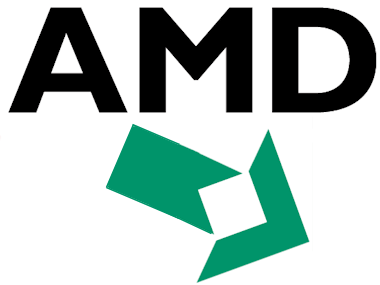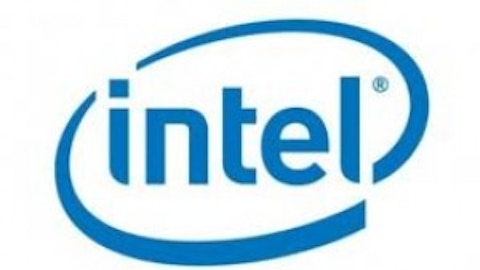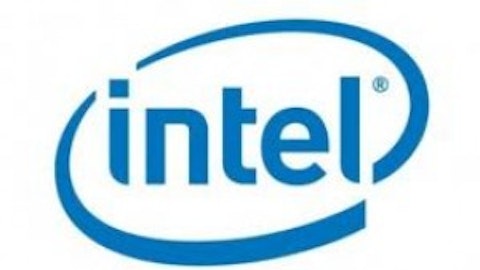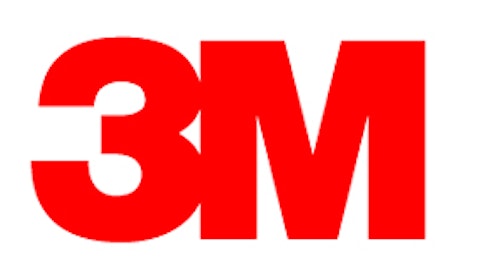With smartphone and tablet sales through the roof, and lagging laptop sales that don’t show signs of resurgence any time soon, some companies are taking the hit—namely, PC-chip companies. Advanced Micro Devices, Inc. (NYSE:AMD), Texas Instruments Incorporated (NASDAQ:TXN), and Intel Corporation (NASDAQ:INTC) all have bad news for investors: the fourth quarter numbers weren’t great. For many, this shouldn’t be a surprise. However, what does the future hold for these companies, and can they earn their way into your portfolio? Let’s take a look.
Let’s start with AMD. Wider fourth quarter losses as a result of weak demand for PCs (and their chips) have prompted long-need moves at the chip giant, including major cost cuts and modified manufacturing partnerships. Even worse, the company predicts an even further 9% sink in first quarter revenue. AMD Chief Executive Rory Read admitted that “[AMD] expects continued choppiness in the PC market in the first half of 2013.”

Either way, such a small glimpse of hope shouldn’t be counted on to bring a down-in-the-dumps company struggling for new revenue streams in smartphone in tablet markets. AMD finished the fourth quarter with net losses amounting $473 million, or 63 cents per share, nearly three times the losses of the same quarter last year. Revenue fell 32% to $1.16 billion. Don’t bet on AMD for now.
Now, let’s shift our focuses to Texas Instruments. Probably most known for their famous line of calculators, TI sells several types of computer chips, including those which manage parts of PCs, including power and battery life, screen display and lighting, and disk drives. However, like many of their competitors (and the rest of the world,) they have been slowly shifting their focus from those chips to ones specialized for smartphones and tablets.
Their fourth quarter profit sagged 11% while revenue fell 13%, blaming the unstable European economic situation as well as unstable growth in China as reasons for lower consumer confidence. TI’s fourth quarter profit of $264 million, of 23 cents per share, is down 13% from last year’s mark of $298 million, or 25 cents per share.
For the opening quarter of 2013, TI predicts earnings for share numbers in the range of 24 to 32 cents, as well as revenue between $2.69 and $2.91 billion. Analysts have higher hopes, estimating per-share earnings of about 24 cents based on revenue of $2.89 billion.
TI does have lots more in their arsenal than chips, and is looking to seriously shift away from PC chips into the emerging revenue stream markets. While saying and doing are two different things, hopes seem higher for TI than AMD.
Now, let’s look at Intel. Fourth quarter profit numbers revealed a 27% slide, another sign of lagging PC demands. Formerly so successful due to their market dominance in the PC chip field, Intel is now in a bind and facing the question about what to do to adapt to the way of the world. A shift in consumer interest towards tablets and smartphones has sent Intel spiraling downwards.
Hopes that Microsoft’s new Windows 8 devices would spur sales haven’t exactly followed through. Sales numbers for the new devices haven’t shown enough to revive the PC market for Intel. So, what now?





